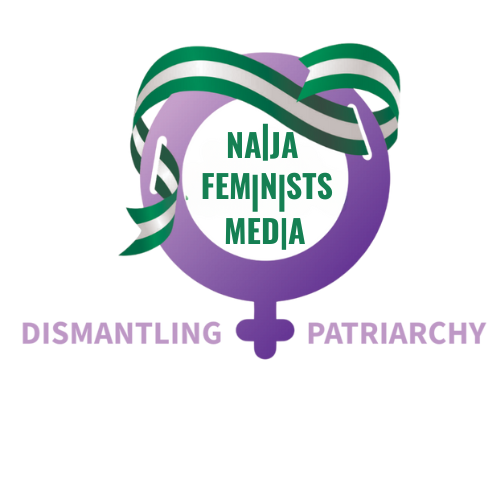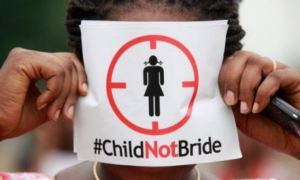|
Getting your Trinity Audio player ready...
|
When screenshots from a WhatsApp feminist group chat were leaked online, many people took it as a validation of their stance that feminists hate men. Accusations of ‘misandry’ on social media against women venturing to speak and stand up for women’s issues and rights are a dime a dozen. While this charge may be true on an individual and superficial basis, it largely remains a toothless name-calling attempt, a campaign to smear the feminist movement and prevent women from identifying with it to make positive progress, and falls apart at scrutiny.
Misandry, definitionally, according to Oxford Languages, is a dislike of, contempt for, or ingrained prejudice against men (i.e. the male sex). Because the term is mostly used in the same sense as misogyny, it behoves that a holistic address of it would happen within a contrasting or comparative context.
It bears noting that misogyny, which is hatred or prejudice against women, typically exhibited by men, is not the opposite of misandry, as commonly misjudged, but the opposite of ‘philogyny’, which is likeness or love for women. Misogyny and misandry would be parallel forms of bigotry, with ‘misandry’ being largely borne out of the existence of misogyny. ‘Misandry’ is a reaction to misogyny from a disadvantaged class (women) against a privileged class (men). This fact brings into question the negative labelling of such a reaction since it could arguably be justified on the basis of rightness, a coping mechanism, or any other sensible reason. To respond back to an unfair situation would not make the response just as unfair as the initial inciting incident. Misandry does not exist as a phenomenon independent of prevailing social structures. That is to say, ‘misandry’ would be real if it were motivated by pure hatred of men for simply being men, without men having done nothing.
This is not the case with misogyny, a bridling, bubbling hatred of women. The subjugation of women has existed as far back as history, not only as practice but as part and parcel of culture and its attending institutions. There was not one ‘reason’ for this, at least not of women’s doing, but by merely being [women], a matter of biological reality.
Misogyny does not just end with hateful or unpleasant thoughts and words against women. It is an overarching system of oppression that manifests itself within every parameter of society, from the ‘structured’ to the ‘informal.’ Misogyny is a tradition unto itself. A rarefied pillar of mores that demands its own conformity through various social processes– its own values, expectations, in-jokes, register of words, initiation rituals. A boy who stays amid other boys catcalling young women, for instance, without having participated in it, might be left feeling ‘weird.’ Dares to tap the bums or breasts of ladies, as surreptitiously as possible, to the delight of other voyeuristic males, are carried out as a means to signify ‘coolness.’ Such, and more, do not exist with the concept of ‘misandry.’
Even at the basic unit of society and socialisation– the family–that boys are raised to think they are superior to girls is misogyny. A boy’s education, name, and career being accorded more worth than a girl’s is misogyny. ‘Boys will be boys,’ girls being raised in preparation for a hypothetical husband’s house, these are all manifestations of misogyny. The expectation of strength and success from men, on the other hand, is not inherently from a place of according pithy value to men. This is rather rooted in the belief that a man is supposed to be domineering and larger-than-life and that there may be individual men who do not match up to these standards, which is not a manifestation of misandry. Women being treated as intrinsically subordinate to men is a function of misogyny.
Misandry does not operate as an institutionalised mode of behaviour, especially in the real world. To use the illustration of Ijeoma Chinonyerem, a prominent feminist figure, misandry is a local stream compared to misogyny— an ocean. Whatever adverse or unfavourable circumstances men may experience in society can be explained by other forms of structural bias or failing, not misandry.
Men are not in danger of physical harm from women, and neither are they required to compromise their autonomy in any case. In Nigeria, they are not refused accommodation for being single, and neither do they suffer social reproach for it. Whatever men are victims of (e.g., a discriminatory justice system) will almost often affect women as well, with women facing unique setbacks because of their sex. There are researches and inventions that have been made, to be discovered that they do not accommodate the needs of women.
Accusing feminists of man-hating is shifting the responsibility of rightness and could arguably be a form of misogyny itself, given that people are much more unwilling or hesitant to call out men’s wrongdoings, from the casual to the grave, but are usually ready, up in arms to point out and denigrate instances of women being bad to men.





